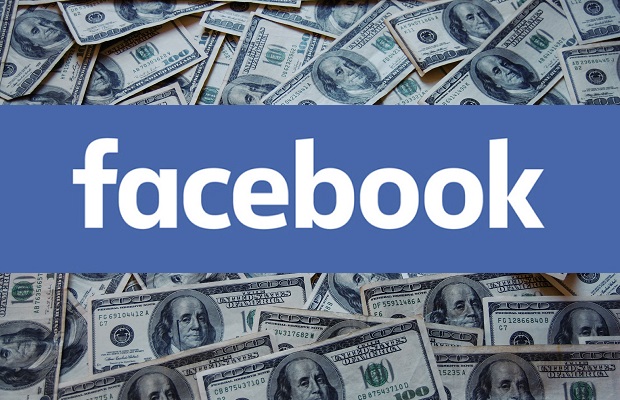Facebook’s third quarter figures showed a rise in user growth, revenue and profits, helping calm investor fears over a fallout from its data scandal earlier this year.
The social network had previously warned of an easing in key growth rates for the rest of the year because of several pressures including the rising cost of security protection.
While the company missed analysts’ estimates in terms of user growth between July and September, Facebook still achieved 2.27 billion monthly active users while daily active users rose to 1.49 billion from 1.47 billion in the previous three months.
They represented annual rates of growth of 10% and 9% respectively, Facebook said. Profits were up 9% on the third quarter last year at just above $5bn.
Total revenue rose 33% to $13.73bn – on track with forecasts.
Total costs jumped to almost $8bn from $5bn in the same period last year when its honeymoon period was nearing its end.
2019 – a year of “significant investment” in Facebook
Chief executive Mark Zuckerberg told them that earnings would continue to face pressure as Facebook moved to improve the user experience, particularly in video.
He said 2019 would be a year of “significant investment”, adding there was also a “long road ahead” to improve data security to where Facebook wanted it.
Facebook has had to grapple the fallout from the Cambridge Analytica scandalnew data protections for users in Europe. The company then admitted in late September – at the end of the third quarter – that 50 million accounts had been affected by a security breach.
Costs associated with the protection of users are expected, by analysts, to continue to grow substantially while there are also market rumours Facebook is looking to buy an established cyber security firm to deliver its security promises.
Shares in Facebook, down 20% in the year to date ahead of Tuesday trading, rose almost 3% in the regular trading session on Wall St just before the status update was revealed.
Analysis- Powerhouse continues to outtstrip competition
Yuval Ben-Itzhak CEO of social media marketing firm Socialbakers, commented on how despite stalling user numbers, Facebook is still leading the pack – no other platform comes close in terms of audience engagement with brands.
This is set to continue as Facebook responds to privacy concerns on its messaging platforms, and focuses its investment on features bringing in the ad revenue big bucks.
“Despite mixed results, the Q3 earnings have shown yet again that for marketers, no other platform comes close to Facebook and its family of apps in terms of scale and audience engagement,” Ben-Itzhak said. “With 2.27 billion monthly active users, it is still the platform where most consumer engagement with brands is happening online.
“It is also no surprise that private messaging and Stories are the current growth drivers for the business. With the increased desire for privacy, users are looking more and more towards services like Messenger and WhatsApp to interact with brands and organisations in a safe and convenient way.
“With Facebook focusing its investment on the biggest opportunities for advertisers, video, communities and messaging, it’s hard to imagine that its future as the leading advertising powerhouse looks anything other than bright.”
“CPMs for Stories ads increasing”
Aaron Goldman, CMO at 4C Insights, said: “Facebook’s growth is rooted in a history of disrupting its own model with innovations like News Feed and the transition from desktop to mobile. With Stories, the company is once again creating disruption across its platforms. But it’s a format that can serve both consumers and advertisers well. Ads in Stories are driving growth on Facebook and Instagram, with spend increasing at a faster rate than traditional feed ads compared to the beginning of 2018. We’re also seeing CPMs for ads in Stories increasing, suggesting advertisers are seeing value from the ad unit and willing to pay a higher margin. As these placements continue to gain adoption, they will become a strong revenue driver for Facebook and a trusted format for brands.”

